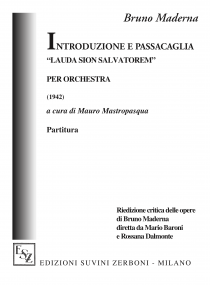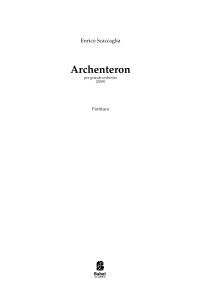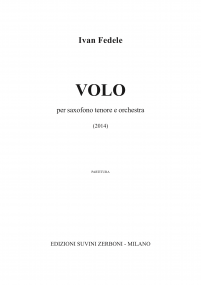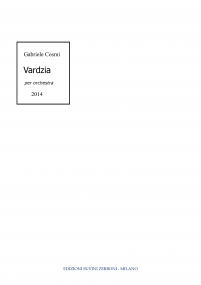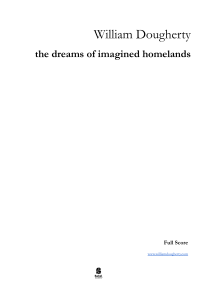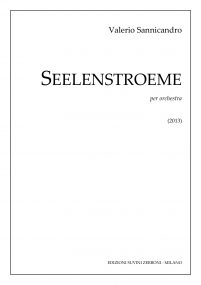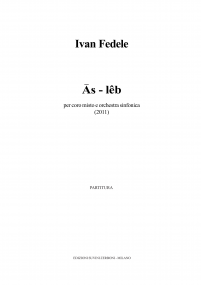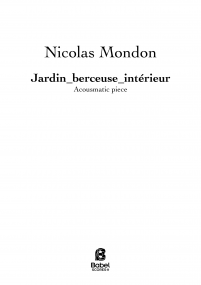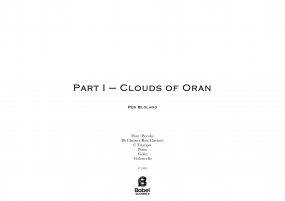Concerto for Orchestra
ISMN : 979-0-2325-3235-6
- Login to create your own lists
Concerto for Orchestra.
Following the work of the scientist Ilya Prigogine, this concerto loosely models the behavior of a dissipative system far from equilibrium. When near equilibrium, systems exhibit repetitive phenomenon and adherence to universal principles. As we move away from equilibrium, systems exhibit unique properties filled with a richness of variety. At numerous bifurcation points, indeterminate procedures produce dissipative structures whose trajectory eludes expectations.
One of the simplest dissipative structures is a vortex in flowing water, for example a whirlpool in a sink. Structurally open, but organizationally closed, a dissipative structure features matter that flows through it, while maintaining a stable form that occurs autonomously through self-organization. In this example, water flows through the vortex, and yet its characteristic shape of spirals and a narrowing funnel, remains stable.
However, closer inspection reveals complex phenomena within the vortex. Some of the complexity involves radial movement of water, the effect of gravity, tiny irregularities in water flow, aerodynamic disturbance and irregularities in the drain pipe will cause the water to approach the drain on one side, more than the other, thus producing the whirling action in the water. The force of gravity, the water pressure and the constantly diminishing radius of the vortex tube all combine to accelerate the whirling motion at even greater speeds. This increased acceleration does result in chaos but in new stable states. Then at certain rotational speeds, centrifugal forces push the water radially away from the drain, which produces a depression in the water, which quickly turns into a funnel. Eventually, a miniature tornado of air forms within the funnel, creating highly complex and nonlinear structures – ripples, waves and eddies – on the water surface within the vortex.
It is this process that the composition partially models.
This piece features modern performance techniques, embedded with a compromised temporal framework. As might be expected form the title, each instrument serves as soloist during the course of the piece.
Musically, two simple trajectories occur. Each solo moves through a continuum from noise to pitch to noise; while the ensemble moves through a continuum from pitch to noise to pitch.
<!-- [if gte mso 9]> <w:LsdException Locked="false" SemiHidden="true" UnhideWhenUsed="true" Name="TablPages - 108


